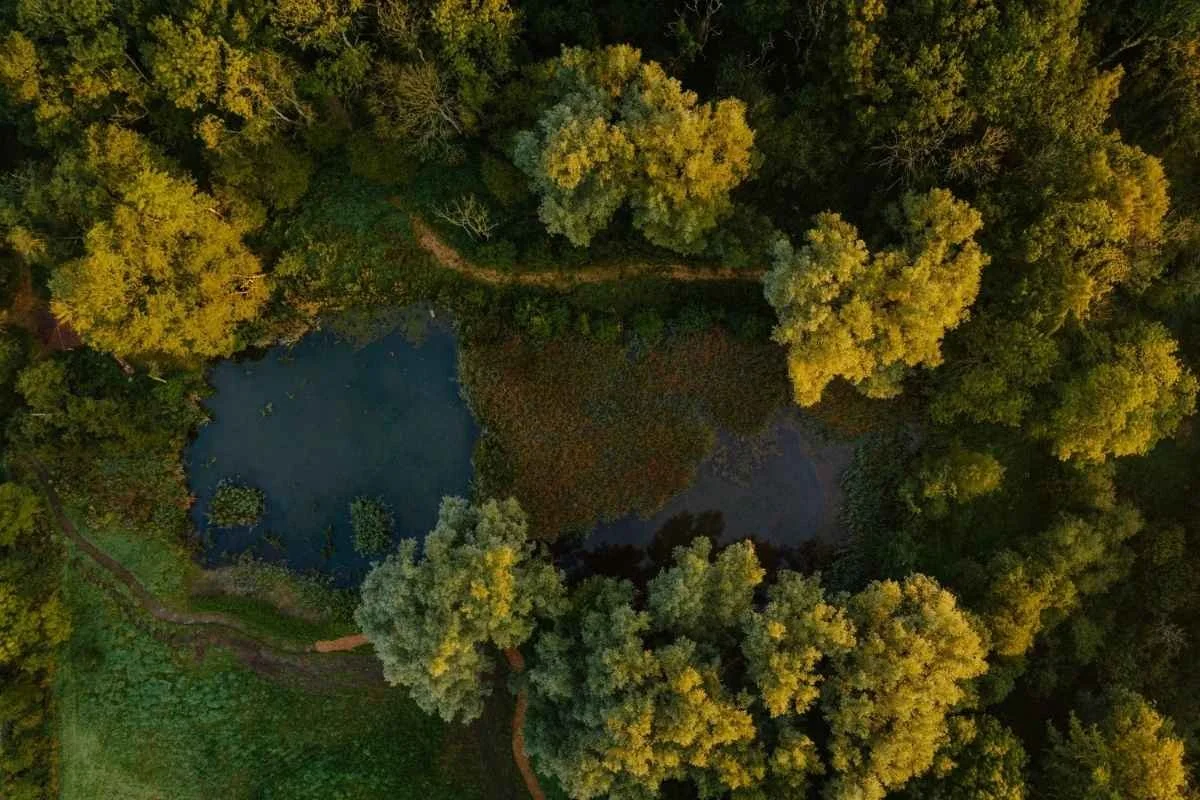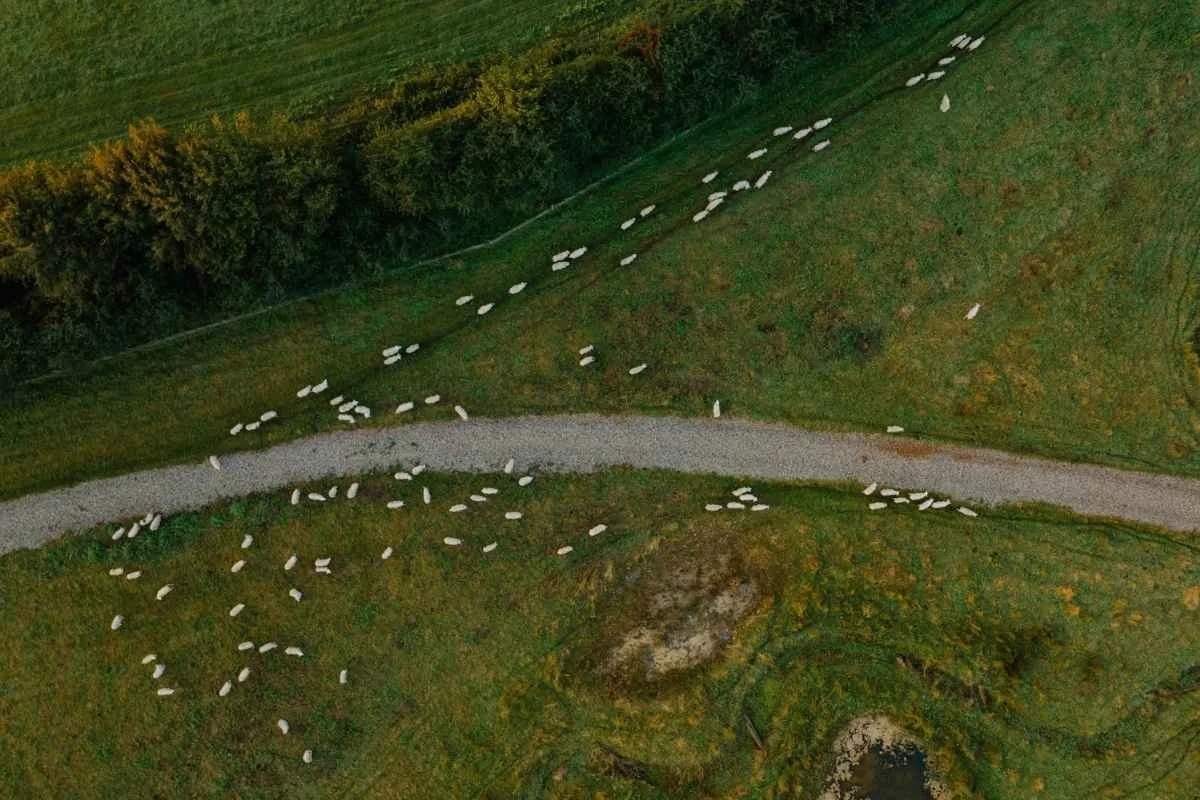How BNG Projects Improve Water Quality and Restore Soil Health
As the world tackles biodiversity loss and ecosystem degradation, Biodiversity Net Gain (BNG) is playing an important part in reversing environmental damage while enabling sustainable development.
While these interventions are designed to boost biodiversity, many of the practices used in BNG projects also deliver powerful co-benefits for water and soil.
By creating conditions where natural processes can recover, BNG allows landscapes to filter water more effectively, reduce pollution, prevent erosion and rebuild the living soils that underpin resilient ecosystems and productive land.
In this article, our experts look in detail at how BNG improves water quality and restores soil health, the nature-based processes that drive these benefits, and why healthier soils and cleaner water are essential for climate resilience, agriculture and community wellbeing.
BNG’s Co-Benefits
At its core, BNG is an approach to development and land management that ensures habitats are left in a measurably better state than before any intervention. Under the Environment Act 2021, which came into force in February 2024, most new UK developments must now deliver at least a 10% net gain.
While the primary goal of BNG is ecological improvement, these projects also deliver ecosystem services: nature-based benefits for soil, water, air and even climate regulation.
Improving Water Quality
There are several ways BNG projects benefit our water.
1. Creating or Restoring Wetlands
Constructed or restored wetlands act as natural water filters, removing pollutants such as nitrogen, phosphorus, and heavy metals from agricultural runoff or stormwater.
Wetlands slow water flow, allowing sediments and contaminants to settle. Vegetation absorbs excess nutrients, reducing algal blooms downstream.
2. Enhancing Riparian Buffer Zones
Planting trees and vegetation along riverbanks (riparian zones) protects waterways by:
Trapping sediment and pollutants before they enter the water
Reducing erosion
Cooling water temperatures, which support aquatic life.
3. Rewilding and Re-meandering Streams
Restoring the natural curves and bends (meanders) in previously straightened or channelised streams can significantly improve water quality in several key ways:
Creating areas of slower and faster water movement supports a more diverse array of species by offering varied flow conditions, sediment deposition zones and improved oxygenation throughout the stream
Slowing the flow of water overall, which allows more time for natural filtration and settling of sediments and pollutants; fast-flowing water can carry more pollutants downstream
Enhancing sediment trapping, which helps keep downstream water clearer and protecting aquatic life
Supporting riparian vegetation by creating diverse habitats
Reducing flooding and improving oxygen levels in water bodies, allowing ecosystems to recover and better support life.
While the primary goal of BNG is ecological improvement, these projects also deliver ecosystem services.
Restoring Soil Health
Healthy soil is the foundation of productive ecosystems. BNG contributes through:
1. Planting Native Vegetation
Native grasses, shrubs, and trees improve soil structure and fertility. Deep roots aerate the soil and increase organic matter in the soil. Plants help to prevent soil erosion and improve moisture retention.
2. Restoring Soil Biology
Enabling natural processes through land restoration, soils can regain their structure, fertility and resilience, leading to an increase in soil biodiversity that supports the soil food web.
This increase in biological abundance within the soil is a building block for wider ecosystem restoration and species recovery.
3. Reducing Chemical Inputs
BNG sites often transition away from intensive land use towards lower-impact management. Reduced use of fertilisers and pesticides helps the soil microbes to regenerate, which are essential for nutrient cycling.
4. Increasing Soil Carbon Sequestration
BNG practices like afforestation (planting trees in an area where there weren’t any before) and restoration of species-rich grassland enhance the soil's ability to store carbon.
More carbon means healthier, more fertile soils with better structure and greater resilience. In turn, this enhances water retention, promotes microbial and plant life, and contributes to climate change mitigation.
Healthy soil is the foundation of productive ecosystems.
In summarY
BNG supports water quality and soil health by encouraging nature-based solutions that rebuild ecosystems.
These solutions restore the natural functions of landscapes, which in turn support cleaner water and more resilient, productive soils – all of which are essential for sustainable agriculture, flood prevention, safe drinking water and climate adaptation.
If you’d like to learn more about Wendling Beck, you can find our BNG solutions and Nutrient Neutrality services here. Get in touch to discuss how we can support your development.
If you’re interested in visiting Wendling Beck, we offer opportunities to explore, stay with us and volunteer.
For more insights, check out our other news and blog articles, including What is Biodiversity Net Gain? Exploring Nature Markets.


